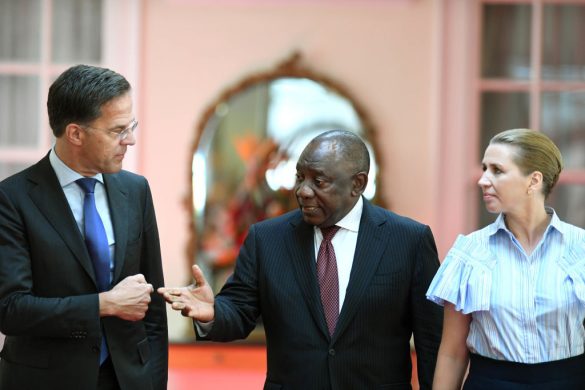Fonden sigter mod at få en halv milliard kr. i hus for at sikre fremtiden for tykhuderne, som er truet trods et globalt forbud mod handel med elfenben i 1990
GENEVA, 19 August 2011 – Global conservation experts concluded a meeting in Geneva Friday launching a trust fund to ensure the survival of the African elephant population, now numbering 300.000-400.000.
Several countries have already contributed to the multi-donor technical trust for the implementation of an African Elephant Action Plan, and more were encouraged to do so by the participants of the meeting of the Standing Committee of the Convention on International Trade in Endangered Species of Wild Fauna and Flora (CITES).
– We expect that donors will hear the urgent needs of Africa and support the implementation of the African Elephant Action Plan, said John E. Scanlon, Secretary-General of CITES, whose secretariat is administered by the UN Environment Programme (UNEP).
– The target is to raise 100 million US dollar (ca. 510 mio. DKR) over the next three years to enhance law enforcement capacity and secure the long-term survival of African elephant popula-tions, he added.
Some 175 States have joined CITES, an international agreement that entered into force in July 1975 and aims to ensure that global trade in specimens of wild animals and plants does not threaten their survival.
Elephant conservation and new financial mechanisms were among several issues on the agenda of the week-long meeting, in addition to measures to reduce current levels of poaching of rhinos, tigers and other big cats, illegal trade in mahogany and other timber species, the fate of sturgeon and the caviar trade, and the sourcing of reptile skins used in the leather industry.
The committee considered recent findings concerning African and Asian elephants, poaching levels and illegal trade in ivory.
OGSÅ SLEMT FOR NÆSEHORNENE
It also recognized rhinoceros poaching and illegal trade in their horns as a major challenge that requires innovative approaches, with one delegation describing the situation “as almost out of control.”
All populations of rhinoceroses are suffering from poaching, particularly those in the DR Congo, India, Mozambique, Nepal, South Africa and Zimbabwe, with the illegal trade in rhinoceros horns appearing to be the main motive.
The committee reviewed efforts by Peru in establishing reliable timber verification systems, and new rules for introducing marine species from international waters, among other topics.
Kilde: FN Nyhedstjeneste














